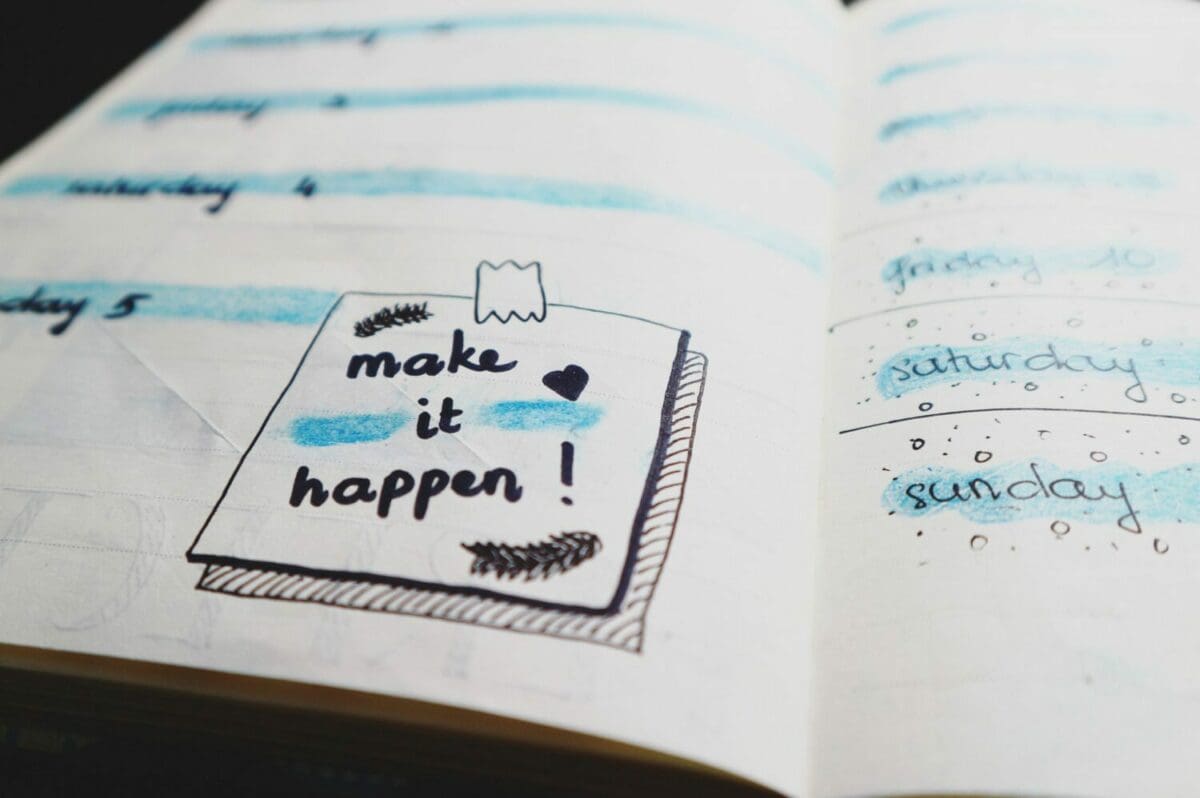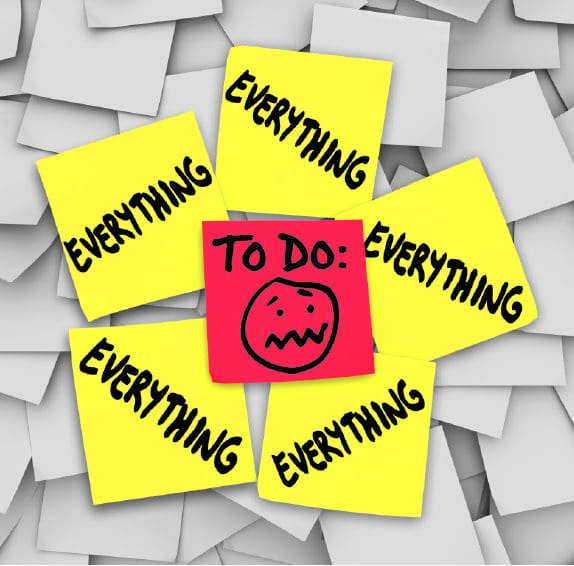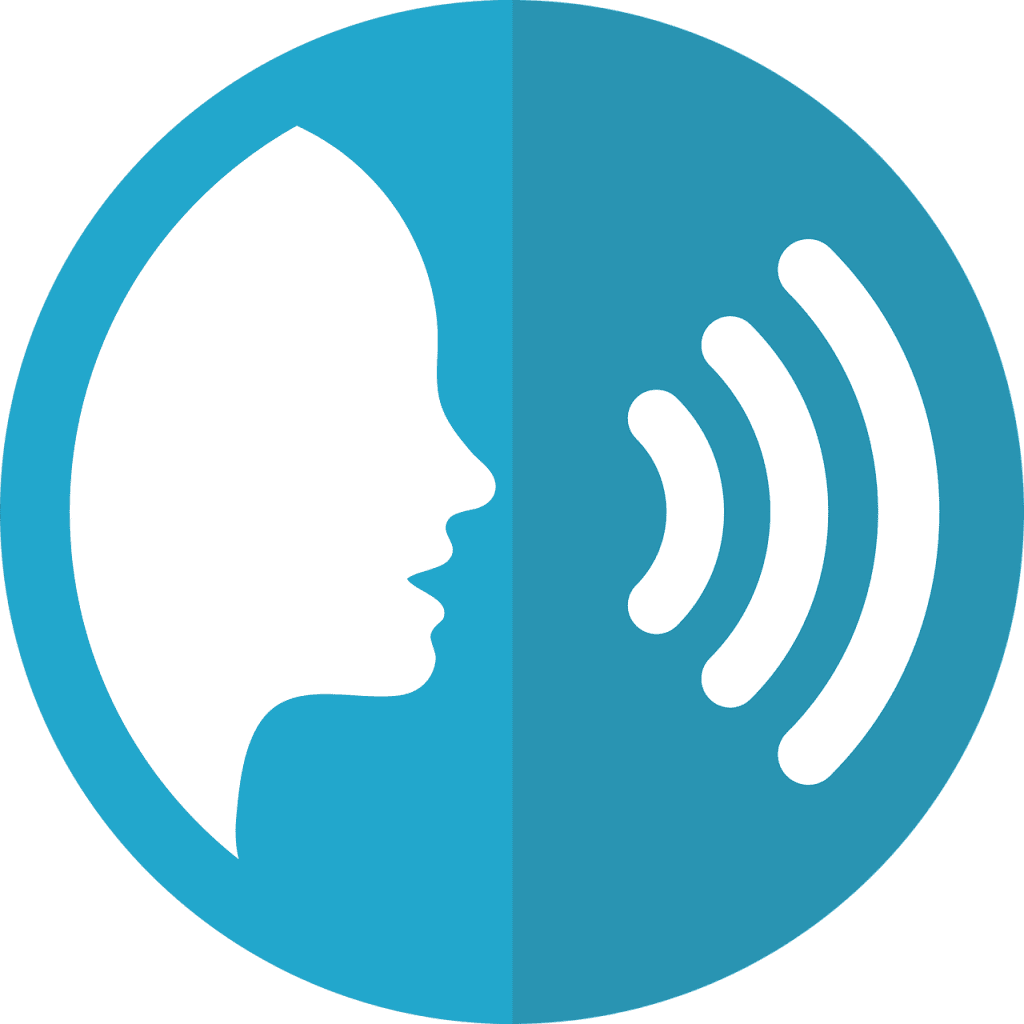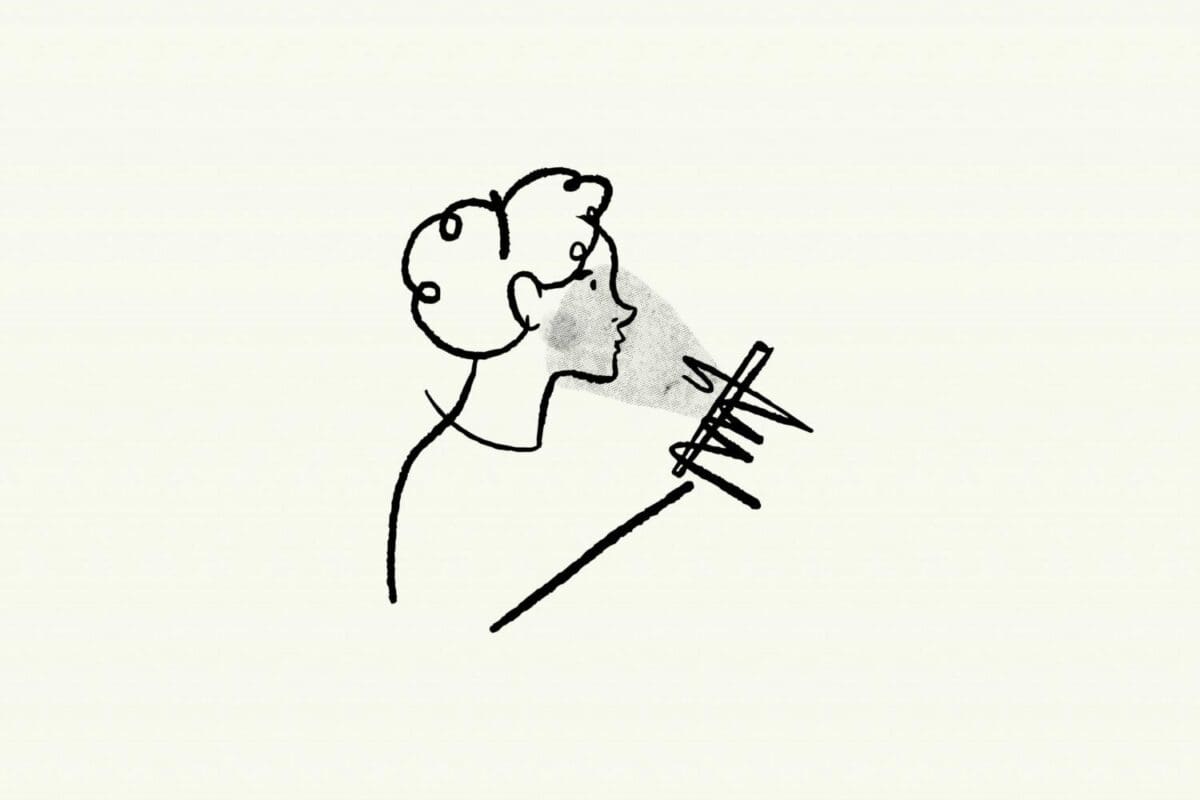
How Does Social Media Affect the Adolescent Brain
April 21, 2022 in Social Media Guide
The short answer? There are a lot of ways that using technology and specifically social media affects your brain. After all, the brain is always working and responding to everything, and social media is no exception.

The adolescent brain is known for its plasticity. This means it changes, responds, and adapts quickly to its environment. Plasticity may be part of the significant increase of mental illnesses appearing during adolescence, including depression, anxiety, and eating disorders. The limbic system, or the part of the brain that processes rewards and emotion, goes through huge changes pretty early in puberty. The prefrontal cortex (the part of the brain that communicates with the limbic system and helps with decision making and executive function) is undeveloped and the reward system wins over executive function. Because of this, adolescents are much more likely to follow their emotions and immediately respond to them. Think of it as being more likely to “listen to your heart and not your head.”
There’s been a lot of focus on the limbic system and how adolescents respond to the notifications and responses they get on social media posts. Whenever they see a notification pop up on their phone about someone “liking” their post on any kind of site, this part of the brain lights up and gives the same response as if they see a person that they love or when they win money. Because of this pleasure and positive feeling, adolescents are more likely to want to use social media more in order to get the same response.

Social media sites are aware of this addictive response. Another way that social media affects the adolescent brain is the way that the brain responds to seeking content. Adolescents are likely to get excited about seeing posts that make them happy, are popular, or are specifically related to their interests. While they can seek that content themselves by searching it or following certain tags or accounts that include that content, it may not always show up for them. That’s why social media sites like Instagram have endless feeds, and there’s no such thing as reaching the “end” of a page. It’s like a slot machine: you keep scrolling and scrolling because you never know if you’re going to see something you like, and when you do, you get excited. So what do you do? Keep scrolling until that happens again.
Obviously, adolescents aren’t the only ones with a limbic system in their brain. This affects adults as well. But because adolescents get excited much quicker due to how early the limbic system develops, social media is a way for them to get that immediate reward, especially because it’s something that they can use at their fingertips. That feeling isn’t always going to be there though, and a negative reaction can occur, which can be heightened for adolescents who experience symptoms of mental illness.
Social media is a tricky game, and it can mess with our emotions. It can be difficult to avoid this or even remember this because it’s something that we’re constantly using, but it can help to be aware that it shouldn’t control how we feel.
Do you use social media as a coping mechanism? Do you find yourself endlessly scrolling? How do you feel when you get notifications, or when you check your phone and you don’t have any?
















Recent Comments